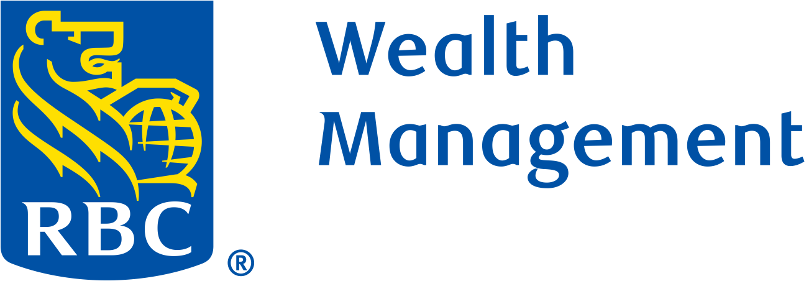The IRS requires anyone with a tax-deferred retirement account to take annual required minimum distributions (RMDs) once they reach age 73 (or 75 for those born in or after 1960). However, not everyone who reaches that age needs the money. For those individuals, the question is: what to do next?
Since these distributions are usually taxable immediately, the question of what to do with the money is often entwined with a desire to find tax-efficient strategies.
It’s important to factor RMDs into your income strategy during retirement. Here are five options to explore that can help you turn a requirement into a retirement opportunity:
1. Keep putting the money to work
Retirees who are confident they won’t need their RMD for living expenses might consider putting the extra cash into a non-qualified brokerage account and reinvesting it to keep the funds working.
You may also be able to deposit your distributions into cash sweeps to earn competitive yields without sacrificing liquidity.
“By keeping the cash in the market, there is opportunity for continued growth,” says Dean Deutz, a private wealth consultant at RBC Wealth Management–U.S. “The money is liquid and available when you need it, but it has the potential to grow yield while you don’t.”
2. Move to a Roth IRA
Another strategy is converting your traditional IRA into a Roth IRA.
While traditional IRAs are funded with pretax dollars, after-tax dollars are used to fund Roth IRAs. There are no RMDs for Roth accounts, as you’ve already paid taxes on the funds.
“Roth conversions are a key thing to consider,” Deutz says. “You’ll have to pay income taxes on the holdings of the IRA when it is converted to a Roth, but this technique has some flexibility, and it may lower your distribution amount the next year, since Roth assets don’t count toward your RMD calculation.”
You don’t have to convert all of the assets in a traditional IRA account at one time, which means you can strategically spread the conversion process over multiple years to maximize tax efficiency and preserve more of your wealth for the long term. This can be particularly useful if your tax rate is likely to increase in the future.
Roth IRAs can also be beneficial for liquidity, as you can withdraw your contributions tax free at any time. The capital growth from a Roth IRA can also be withdrawn tax free, as long as you’re at least 59 ½ and have held the account for a minimum of five years.
3. Purchase a life insurance policy or variable annuity
Alternatively, you may want to use your distribution funds to purchase life insurance or a variable annuity with a death benefit as part of your estate planning strategy to provide tax-free proceeds to heirs.
Using the after-tax amount of your RMD to purchase life insurance can help you maximize your legacy and avoid transfer taxes. Properly designed and funded, life insurance passes generally tax free to beneficiaries, explains Troy Randall, senior manager of Annuities and Insurance at RBC Wealth Management–U.S.
For married couples where both spouses are insurable, survivorship or second-to-die insurance may provide for a larger tax-free life insurance benefit than purchasing single life coverage. Your advisor can help with calculations to compare and determine what would be best for your specific situation.
Another option to explore is a variable annuity with a death benefit.
“A variable annuity is similar in concept to a mutual fund, in that financial professionals manage the funds and the value of the investment can go up and down,” Randall says. “But the variable annuity can have a death benefit rider, which guarantees that your beneficiaries will get at least the amount you’ve invested.”
For as long as you live, the assets in a variable annuity can grow tax deferred. Upon death, beneficiaries will get at least the same amount of money you put into the annuity, though they will have to pay taxes on the earnings. If the assets grow, then they may receive more.
4. Fund a 529 plan
You can also use a portion of your RMD to help finance a loved one’s education.
“If you have grandchildren, putting excess RMD funds into a 529 education savings plan is a great option that can help ease the financial burden not only for the grandchild, but for your adult children as well,” Deutz says.
Keep in mind that annual contributions to 529s are limited to $18,000 a year and are not deductible for federal tax purposes, though there may be deductions at the state level. Earnings on these plans grow tax-deferred, and withdrawals are tax free as long as the distributions are used for qualified education expenses, such as tuition.
And, if your grandchild doesn’t use all of their 529 savings for school, they may have the opportunity to roll leftover funds into their own Roth IRA, where the money can continue to grow until they choose to use it later in life.
5. Donate to charity
Charitable donations can be another way to use RMD funds to make a meaningful impact, and the IRS helps make that easier.
“By making a qualified charitable donation (QCD), you can give $105,000 a year directly from your IRA to charity,” Deutz explains. The IRS says that money is tax-exempt and counts toward your annual RMD amount.
For married couples, both spouses can donate from their IRAs, and the $105,000 distribution allowance isn’t shared if you’re filing a joint return, meaning you could donate up to $210,000 per couple. This can reduce your RMD amount, which may also impact your overall tax bill.
There are several options available for retirees who don’t need the money from their RMDs, and no one-size-fits-all approach. Your financial advisor can help you determine the best way to navigate these distributions to protect your financial legacy.

